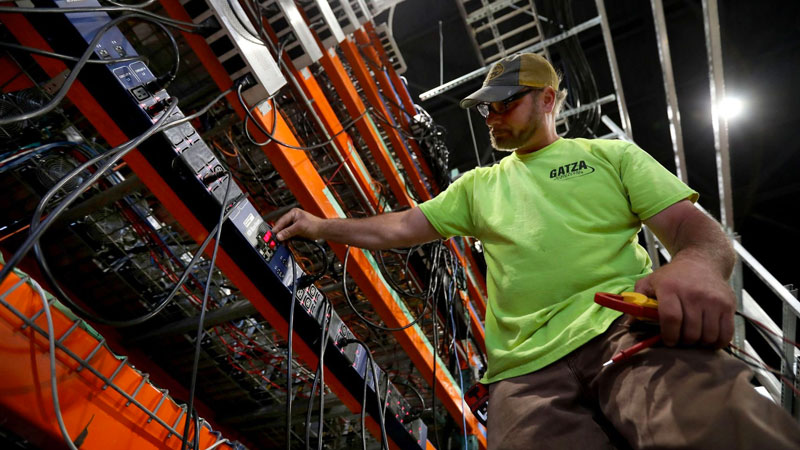A wave of investors looking to establish cryptocurrency mining facilities is expected to hit the commercial real estate market in 2022, but industry commentators say the property sector must be prepared in order to seize the opportunity.
Interest in cryptocurrency mining facilities has been building during the past six months, with China banning on-shore operations in June and a Senate committee chaired by Andrew Bragg reporting on the sector in October.
Commercial interest has also been proven, with NASDAQ-listed Mawson Infrastructure Group launching its first Australian operation, in Byron Bay in October, co-located with 20 megawatts of renewable energy.
Investors looking to dip their toes in the alternative asset class will be competing with data centre providers with a specific shopping list of requirements including a large footprint and access to cheap or renewable energy.
In the US, old industrial infrastructure has been repurposed for data mining operations.
Although on-market campaigns have yet to emerge, The Urban Developer has been told by multiple sources of foreign and domestic investors beginning to hunt.
“The reality is Australia could have already been doing these things, or people within Australia could have been doing them,” Blockchain Australia chief executive Steve Vallas says.
“But there was some reticence. There weren’t signals of support for this kind of initiative, or that this kind of infrastructure can live here.
“Now that those signals have been put in place in recent months, people are now looking at potential sites, potential investments—inbound and local—where they can quickly go through the process of getting appropriate planning permissions.
“A lot of people hadn’t otherwise given thought to the amount of time and effort that needs to go into locating sites. But suddenly there’s a rush on, so the uptick in the past three months has been pretty extraordinary.”












